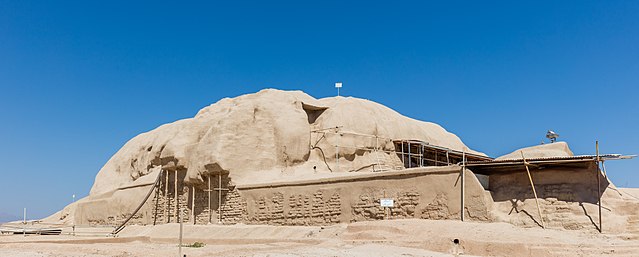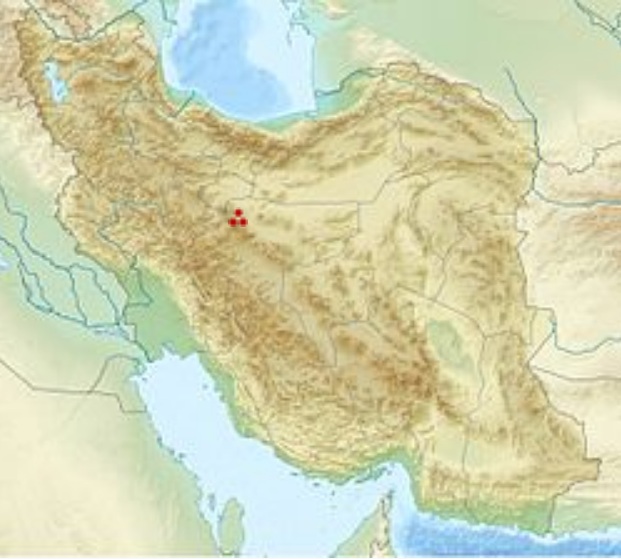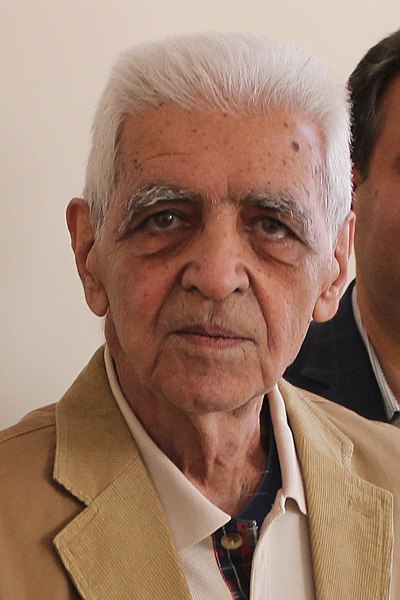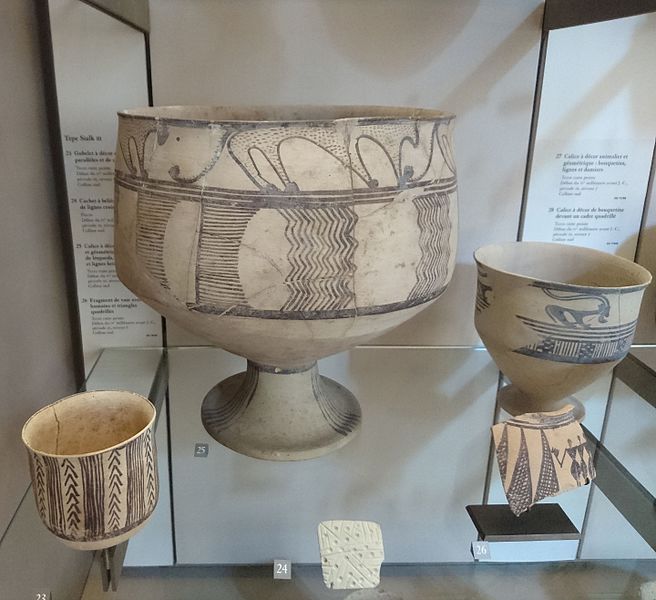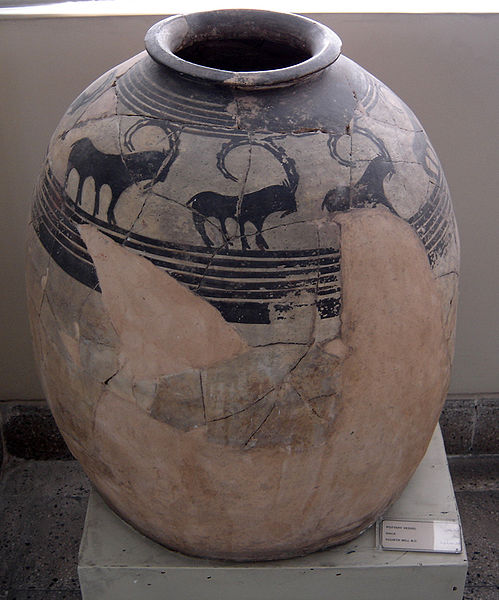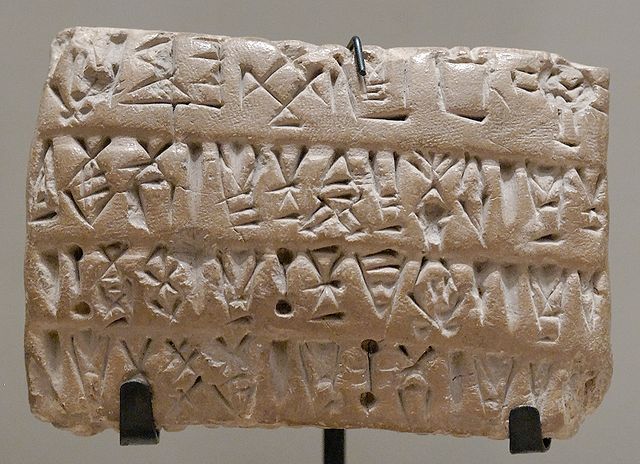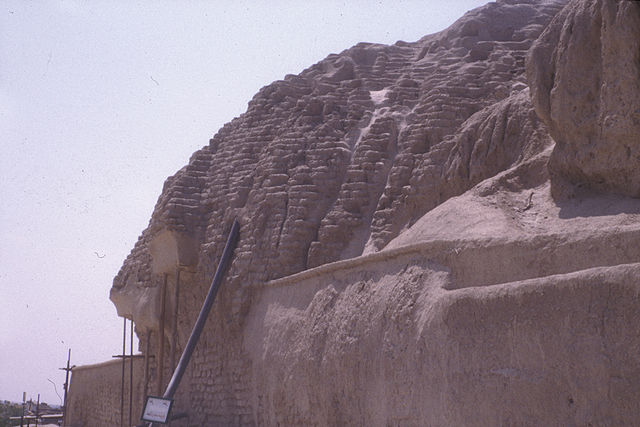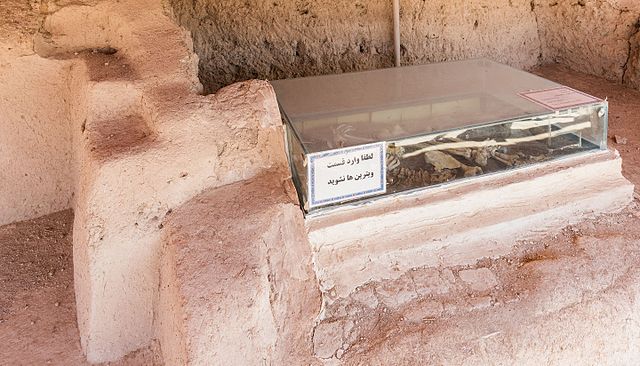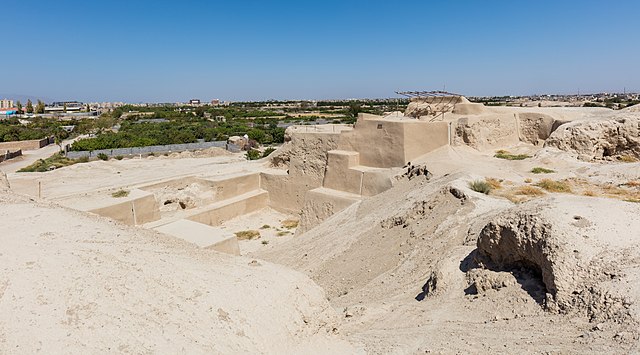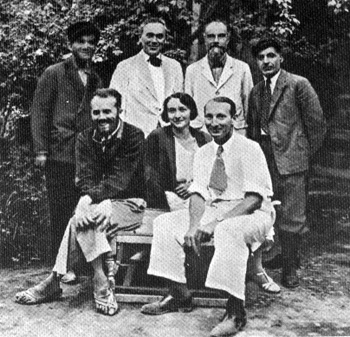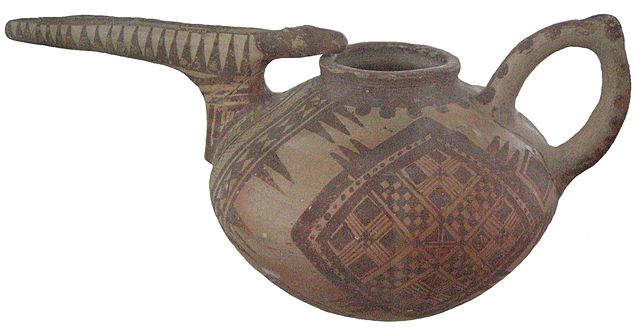
| TEPE SIALK
Tepe Sialk
Location : Isfahan Province, Iran
Coordinates : 33°58'08 N 51°24'17 E
Tepe Sialk is a large ancient archeological site (a tepe, "hill, tell") in a suburb of the city of Kashan, Isfahan Province, in central Iran, close to Fin Garden. The culture that inhabited this area has been linked to the Zayandeh River Culture.
History
:
Sialk, and the entire area around it, is thought to have originated as a result of the pristine large water sources nearby that still run today. The Cheshmeh ye Soleiman ("Solomon's Spring") has been bringing water to this area from nearby mountains for thousands of years. The Fin garden, built in its present form in the 17th century, is a popular tourist attraction. It is here that the kings of the Safavid dynasty would spend their vacations away from their capital cities. It is also here that Piruz Nahavandi (Abu-Lu'lu'ah), the Persian assassin of Caliph Umar, is buried. All these remains are located in the same location where Sialk is.
Dr. Sadegh Malek Shahmirzadi, director of Sialk project Archaeology :
Ceramics from Tepe Sialk. Louvre Museum Tepe Sialk was excavated for three seasons (1933, 1934, and 1937) by a team headed by Roman Ghirshman and his wife Tania Ghirshman. Studies related to the site were conducted by D.E. McCown, Y. Majidzadeh, and P. Amieh. Excavation was resumed for several seasons between 1999 and 2004 by a team from the University of Pennsylvania and Iran's Cultural Heritage Organization led by Sadegh Malek Shahmirzadi called the Sialk Reconsideration Project. Since 2008 an Iranian team led by Hassan Fazeli Nashli and supported by Robin Coningham of the University of Durham have worked at the northern mound finding 6 Late Neolithic burials.
Artifacts from the original dig ended up mostly at the Louvre, while some can be found at the British Museum, the Metropolitan Museum of Art in New York, and the National Museum of Iran and in the hands of private collectors.
These artifacts consisted of some very fine painted potteries.
Northern mound :
Pottery vessel, 4th millennium BC. The Sialk collection of Tehran's National Museum of Iran The northern mound (tell) is the oldest; the occupation dates back to the end of the seventh millennium BC. The mound is composed of two levels: Sialk I (the oldest), and Sialk II. Sialk I-level architecture is relatively rudimentary. Tombs containing pottery have been uncovered. The ceramic is initially rather rough, then becomes of better quality with the time.
Zagheh archaic painted ware (c. 6000–5500 BC) is found in Tepe Sialk I, sub-levels 1–2. This is the early painted ware, that was first excavated at Tepe Zagheh in the Qazvin plain. In sub-periods 3, 4 and 5, the pottery has a clear surface with painted decoration.
Stone or bone tools were still used.
The Sialk II level sees the first appearance of metallurgy. The archaeological material found in the buildings of this period testifies to increasing links with the outside world.
Southern
mound :
Metallurgy
:
Sialk IV level begins in the second half of the fourth millennium, and ends with the abandonment of the site at the beginning of the third millennium. For the oldest sub-periods of the Sialk IV, there are links with the Mesopotamian civilizations of Uruk and Jemdet Nasr.
Economic tablet with numeric signs. Proto-Elamite script in clay, Susa, Uruk period (3200 BC to 2700 BC). Department of Oriental Antiquities, Louvre Later on, the material is similar to that of Susa III (Proto-Elamite level), so this is where the Proto-Elamite horizon at Sialk is located, as is also evidenced by the discovery here of some Proto-Elamite clay tablets.
The ruins of what would be the oldest Ziggurat in the world are found at this same Sialk IV level.
Second
millennium BC :
The first represents the Sialk V level. Here are found weapons and other objects in bronze, as well as jewelry, and some iron items. The ceramic is gray-black, or red, sometimes with some decorations that consist of geometric patterns, and can be compared to items coming from the sites in Gorgan valley (the later levels of Tureng Tepe, and Tepe Hissar).
Images :
Details of the wall of the second platform of the first tepe
Tomb
Renovated buildings
Ghirshman's team in Sialk in 1934; seated from R to L: Roman Ghirshman, Tania Ghirshman, and Dr. Contenau
Pottery from Sialk Source :
https://en.wikipedia.org/ |
